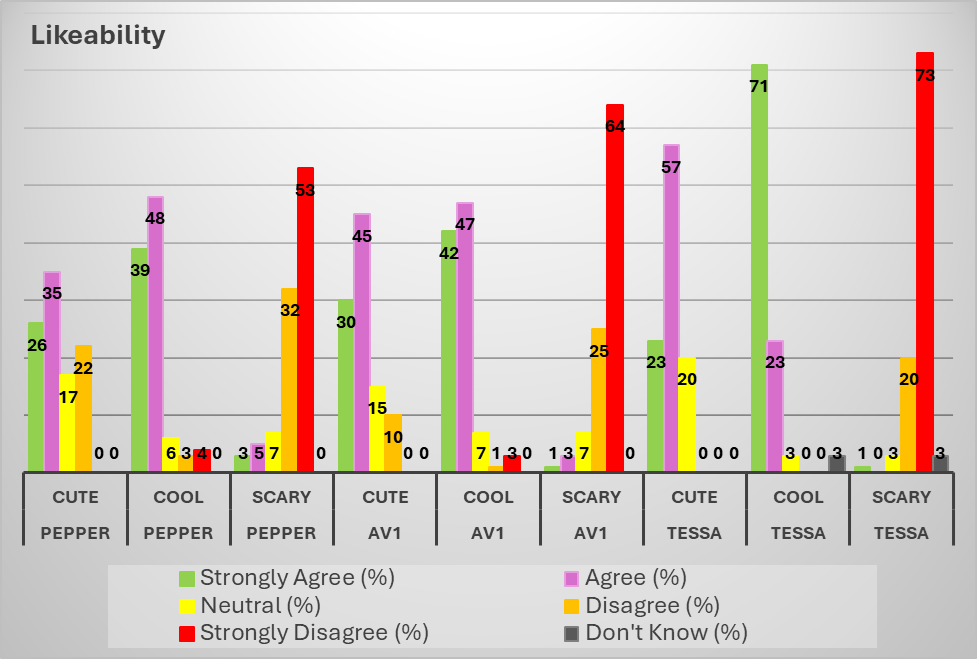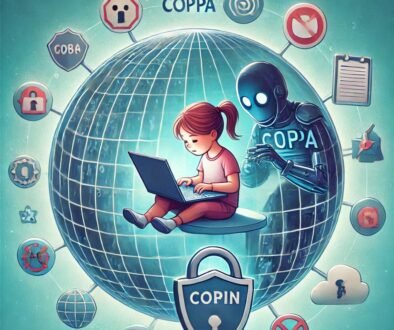HCI METHODOLOGIES & AI
Introduction
Human perception and decision-making processes are the key players in HCI methods development.
The most widely used and time-tested four methods known to deliver usable products are:
Anthropomorphic:
- Keeps interactions between human and computer like human-to-human interactions.
- Creates a human-like perception towards computers
- Designers need to use day to day interactions to implement in the system
- This type of interaction style leads to better engagement and ease of learning for any type of user [1]
- Constraints and the limitations of the system must be listed for the user for easy navigation
- Lean methods such as use of colors, audio, text, video and 3D holograms can improve and shorten the learning curve
- User group: Large group of people and users who can not invest time in learning new software. Elderly has been part of a research for social robotic technologies that can provide person-centered cognitive interventions and have shown positive attitude towards anthropomorphic robots [2]. In a study, where Polish children were subjected to robots an interesting observation was made. There were observations based on the age of children vs the perception. The key takeaway is to ensure children are made aware they are mechanical products [3].
” Despite a growing understanding of robotic functionality, children, particularly younger ones, tend to anthropomorphize robots, attributing human or animal-like qualities. Age-related differences emerge in interactions with robots like Miro-E and NAO, showcasing a fluid cognitive development in perceiving these machines. We underscore the need to explore how increased robot presence shape children’s evolving perceptions, ultimately emphasizing a trend toward attributing anthropomorphic features to robots while maintaining awareness of their mechanical nature.”[3]
In a study published in AI & Society 107 Norwegian students aged between 6-13 years old were exposed to three types of robots with each having strong to less anthropomorphic attributes [4]. In addition, researchers measured anthropomorphism, Animacy (Alive, lifelike), Likeability (“cool,” “cute” or “scary.”), Perceived intelligence and finally Perceived safety.
Another interesting finding about perception about animacy is: “People perceive autonomous robots as more intelligent than tele-operated robots while they felt more social presence toward tele-operated robots than autonomous robots.” This is an important aspect of feeling life-like due to the exhibited more human-like communication by tele-operated robots. Therefore, the perception and engagement are related and is more complex than what is thought to be.
Table 1 social robot and human interaction
Figure 4 Percentage distribution for children’s perception towards the three robots
- Ethical concerns have been raised by many, the human-like interfaces affect the perception of computers and lead to biased behavior, which is also misleading. Some authors described this as a threat to social norms.
Cognitive:
- Takes information processing on the go for ease of learning.
- Makes use of cognitive science (intrinsic, extraneous and germane cognitive load) to create products that are easy to human brain [5], [6]. Main cognitive load models are:
- Intrinsic cognitive load: Mental effort demanded by the task/information based on its difficulty.
- Extraneous cognitive load: Mental effort imposed by the environment/ information presentation.
- Germane cognitive load: Basically, the learning and making connections between previously learned information – Long term learning.
- Intuitive and efficient HCI interfaces can be modeled by understanding the human brain. How we perceive, think, and make decisions are researched by the cognitive science.
- Cognitive approach is aimed at new and expert level users
- Developers take the cognitive models into account for the design and creation of the systems to enable engagement and learning.
- Desktop Metaphor: Simpler, less info at once.
- Human Information Processing Theory (HIP): Short term memory to long term memory.
Empirical:
- Examines the user interaction with the software during conceptualization of the product, new users’ actions and interactions without instructions ate observed, evaluated and the final design is setup accordingly
- Experiment design is essential (desktop vs mobile) – design comparisons, qualitative measurement [7]
- Takes into account new (junior) users
Predictive Modeling:
- Can be used together with the latter approaches to evaluate and improve them
- Keystroke- Level Model: Expert users
- Throughput Model: Time requirements
- Fitt’s Law > placement of buttons for ease of reach
HCI Design process:
With all the information above approaches, the design process is completed with the following steps:
• Customer personas are created to understand the end users and their needs
• Requirements outlined according to the user types
• Mockups and conceptualization of designs based on initial assumptions are created
• Prototyping for testing and user interactions is done
• Evaluation of the prototype and observation of the user interactions with the computer is completed.
References
[1] T. Rietz, I. Benke, and A. Maedche, “The Impact of Anthropomorphic and Functional Chatbot Design Features in Enterprise Collaboration Systems on User Acceptance,” Wirtsch. 2019 Proc., Feb. 2019, [Online]. Available: https://aisel.aisnet.org/wi2019/track13/papers/7
[2] W.-Y. G. Louie, D. McColl, and G. Nejat, “Acceptance and Attitudes Toward a Human-like Socially Assistive Robot by Older Adults,” Assist. Technol., vol. 26, no. 3, pp. 140–150, Jul. 2014, doi: 10.1080/10400435.2013.869703.
[3] P. Zguda, A. Wróbel, P. Gajewski, and B. Indurkhya, “‘He Can Walk, He Just Doesn’t Want To’ – On Machine/Human-Likeness of Robots in Polish Children’s Perception,” in Human-Computer Interaction, M. Kurosu and A. Hashizume, Eds., Cham: Springer Nature Switzerland, 2024, pp. 221–239. doi: 10.1007/978-3-031-60412-6_17.
[4] R. A. Søraa, P. S. Nyvoll, K. B. Grønvik, and J. A. Serrano, “Children’s perceptions of social robots: a study of the robots Pepper, AV1 and Tessa at Norwegian research fairs,” AI Soc., vol. 36, no. 1, pp. 205–216, Mar. 2021, doi: 10.1007/s00146-020-00998-w.
[5] G. Author, “Cognitive Load Theory: Definition, Types, And Applications For Learning,” Cognition Today. Accessed: Jan. 05, 2025. [Online]. Available: https://cognitiontoday.com/cognitive-load-theory-definition-types-and-applications-for-learning-guest-post/
[6] E. Galy, M. Cariou, and C. Mélan, “What is the relationship between mental workload factors and cognitive load types?,” Int. J. Psychophysiol., vol. 83, no. 3, pp. 269–275, Mar. 2012, doi: 10.1016/j.ijpsycho.2011.09.023.
[7] I. S. MacKenzie, Human-Computer Interaction: An Empirical Research Perspective. Elsevier, 2024.






